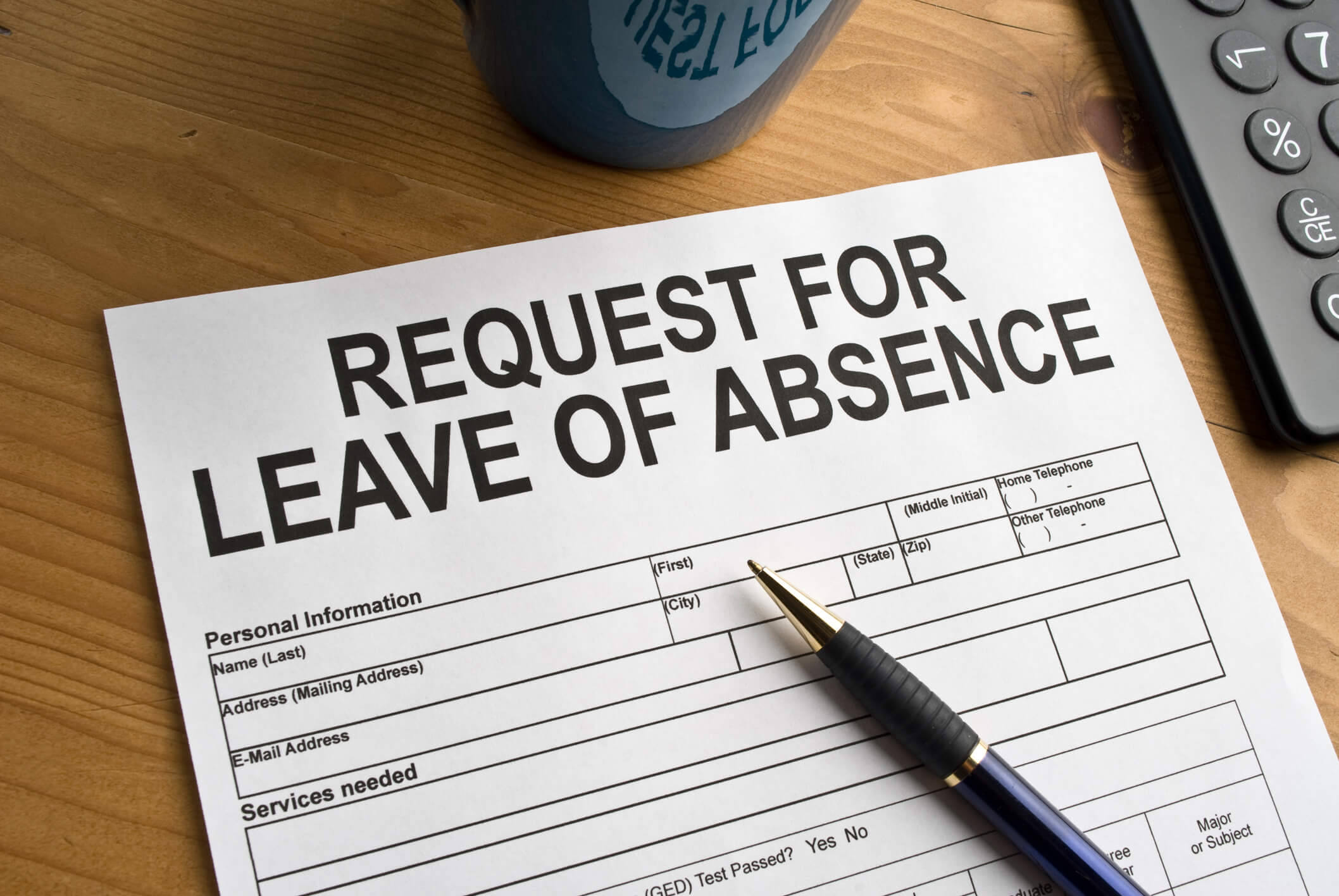During his campaign, President Trump proposed a plan to offer six weeks of paid maternity leave to mothers who give birth. The program would be funded through the unemployment compensation system. The Family and Medical Leave Act provides unpaid job protection, but it does not provide for paid leave. Earlier this week, President Trump and his daughter, Ivanka Trump, who has been a proponent of expanding paid maternity benefits programs, reportedly participated in a roundtable discussion with Canadian Prime Minister Justin Trudeau regarding women in the workforce.
As with other areas that have seen gridlock at the federal level, some states and municipalities are proceeding with paid maternity leave programs of their own. Often when a large number of states pass laws in a certain area, federal law follows. As employers are forced to deal with a patchwork of differing state laws, a consistent federal law may ease the burden of compliance on employers.
Recent reports suggest the White House may be considering expanding the scope of its proposal from covering not just maternity leave for biological mothers but also parental leave, which would include leave for fathers. (It is unclear whether the parental leave benefit might apply to adoptive mothers.) This expansion came after criticism that the original proposal was discriminatory because it covered only biological mothers.
The White House is not alone in facing concerns of discrimination in connection with policies granting leave solely to mothers. Title VII of the Civil Rights Act of 1964 prohibits discrimination based on sex, and employee benefit policies that provide greater benefits to mothers than fathers based on sex may run afoul of the law. Employers may provide additional leave for mothers who give birth for a period of medically necessary leave to recover from childbirth (often six to eight weeks depending on the circumstances of the birth). However, pursuant to the U.S. Equal Employment Opportunity Commission, for leave beyond that period, or for leave for bonding with a new child, distinctions based on gender could give rise to discrimination claims under Title VII.
Moreover, some have argued that granting maternity leave to mothers but not to fathers may exacerbate discriminatory views about women in the workplace—namely that women rather than men are or should be primary caregivers.
We will continue to monitor these and other issues surrounding maternity leave laws that may be implemented by the Trump administration and state legislatures.



